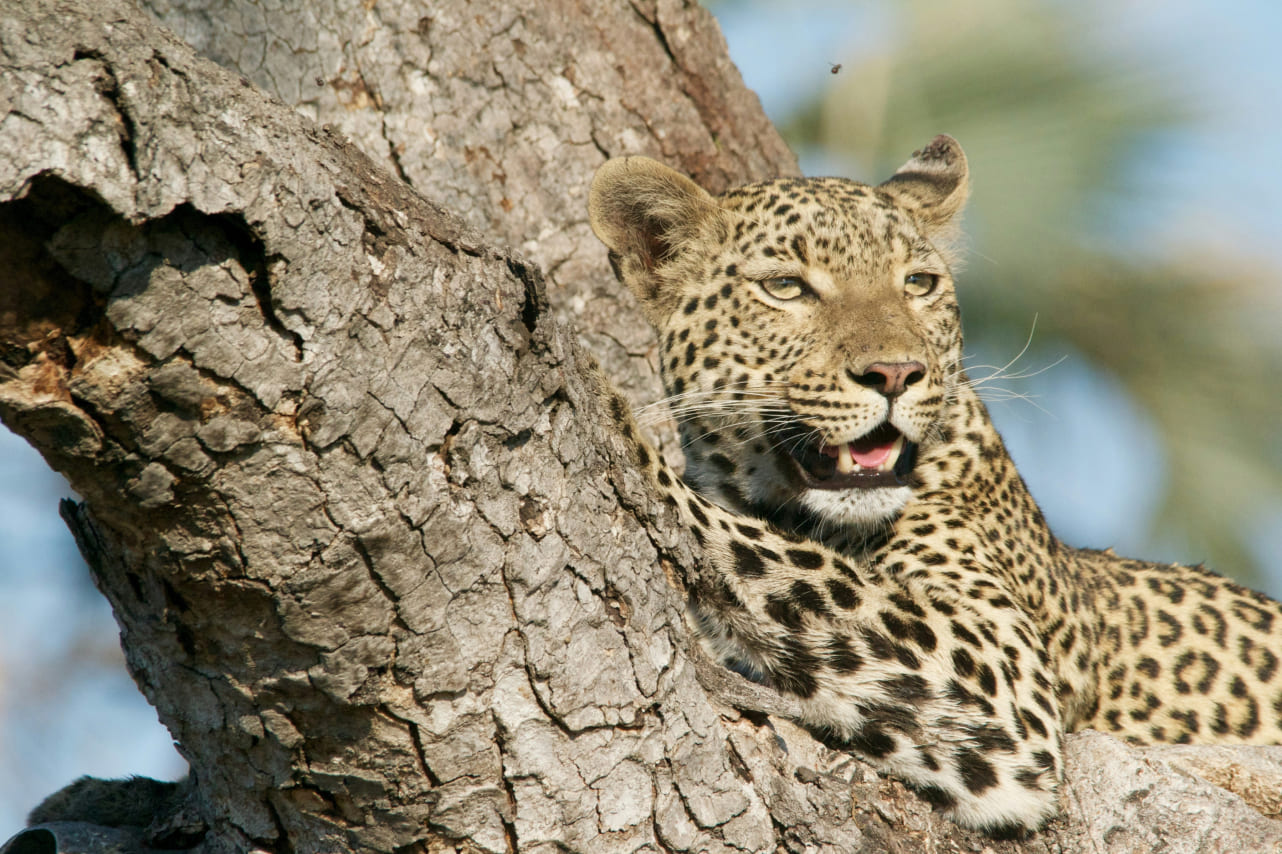The African leopard, a subspecies of the widely distributed leopard (Panthera pardus), is a master of stealth and adaptability. Found across sub-Saharan Africa, these magnificent predators are known for their spotted coats, muscular builds, and remarkable ability to blend seamlessly into their surroundings. Leopards are solitary and primarily nocturnal, spending much of their time hunting prey ranging from antelopes to small rodents. Their strong jaws and climbing skills allow them to drag kills up trees, keeping them safe from scavengers like hyenas.
Despite their resilience, African leopards face significant challenges, including habitat loss, human-wildlife conflict, and illegal hunting for their beautiful pelts. Conservation efforts are critical in reserves such as South Africa's Kruger National Park and Botswana's Okavango Delta. These areas provide leopards with protected habitats where they can roam freely and breed safely. Anti-poaching patrols and community education initiatives are also vital in reducing human-leopard conflicts and promoting coexistence.
Moreover, camera traps and GPS tracking are used to monitor leopard populations and understand their behavior, helping conservationists implement targeted strategies to protect these elusive cats. With continued efforts, the African leopard can remain a symbol of grace and strength in the wild.
+917673922947 [email protected]


